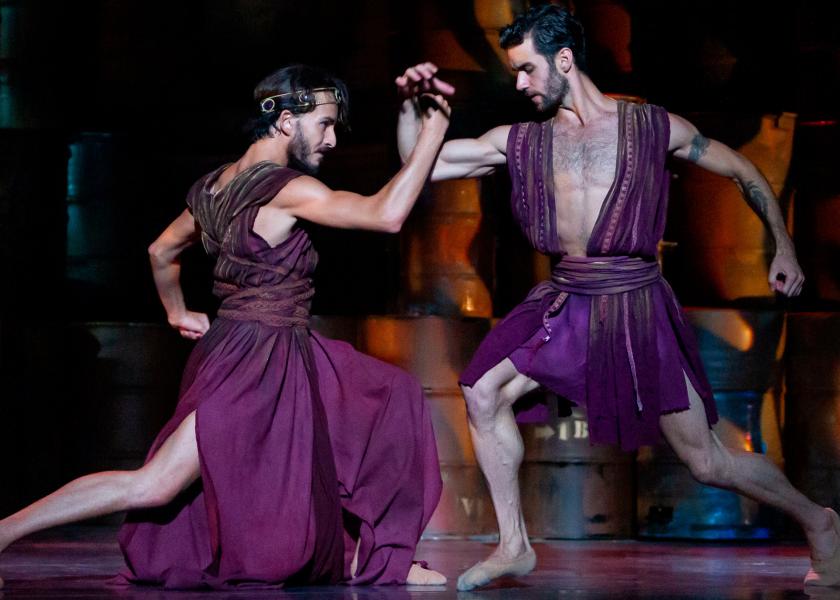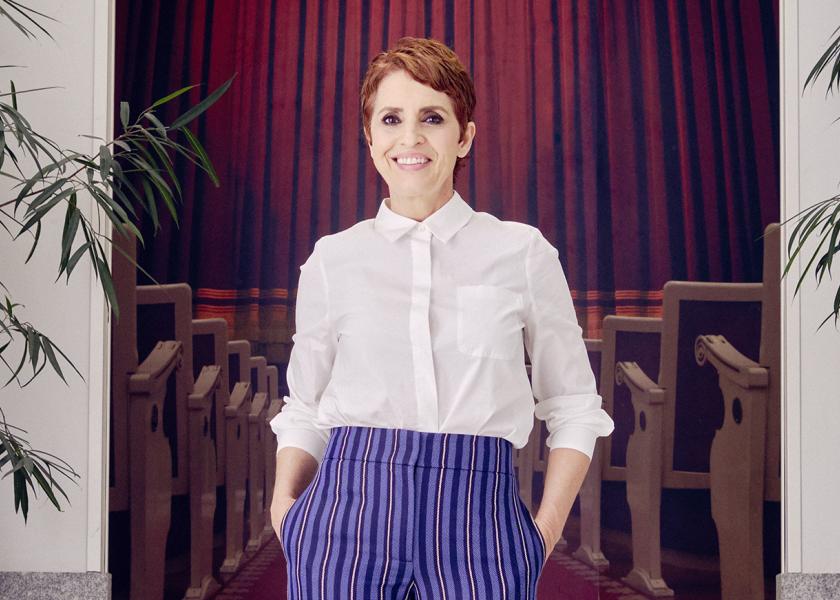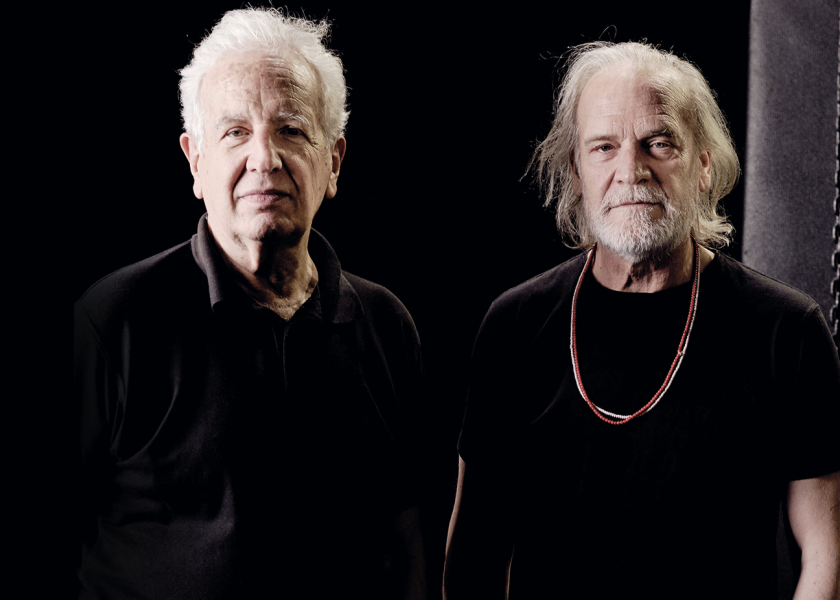Tamara Rojo
Commitment on Points

Tamara Rojo has been living in the United Kingdom for almost half of her life, yet she takes her Spanish roots with her everywhere she goes. Now, the English National Ballet’s artistic director—and one of the most recognized dancers on the planet—returns to Madrid’s Teatro Real from October 10 to 12 with her version of the classic 'Giselle': a contemporary and mature choreographic production.
When Tamara Rojo packed her suitcase to set course for the United Kingdom 22 years ago, she probably didn’t think she would end up calling it home. Nor that the move would give her the chance to discover her second love—artistic direction; let alone that she would end up taking the reins of the English National Ballet, a highly respected institution that is now turning 70. Still, let no one think that the dancer forgets about her homeland. Because, even though she was born in Montreal, Canada (1974) and spent almost half of her life outside of Spain, her Spanish roots left their mark.
Her career is abounding with successes and international awards, including such milestones as her stint as principal dancer of The Royal Ballet of London, being named Commander of the Order of the British Empire, and winning the Prince of Asturias Award of the Arts. Today, from her position as artistic director of the English National Ballet she is doing everything to attract new audiences to dance and to give those who don’t have it a voice on stage. All this, of course, while reserving a space in her life to dance: like she does in a very contemporary and mature version of Giselle, signed by choreographer Akram Khan, and which we will be able to enjoy during the four shows her company will put on at the Teatro Real in Madrid.
You are returning to the Teatro Real stage after thirteen years of absence. How do you feel?
Returning to Madrid is always very special, and even more when it comes to the Real. It’s my city because, though I was born in Canada, where my parents were living at the time, it’s the place where I grew up. I have very fond memories here.
In addition to being the artistic director of this version Giselle, you will be performing in two of the shows. Now that you are dancing less than before, what does it mean for you to be on stage?
Dancing is my first love, and directing, my second. I feel very privileged to have the opportunity to feel what one feels on stage. At this point in my career, every performance is a gift. As a dancer, I’ve already done everything: I performed in the most important venues in the world, I’ve shared the stage with the greatest artists, I’ve worked with splendid companies—I must admit that I feel very happy about that episode. There are certain parts from the classic canon that I no longer dance; however, on this occasion, choreographer Akram Khan created his Giselle thinking of me, so it’s special, and that’s why I do perform it often. This Giselle is very different from others, very contemporary, more mature. I think I still have things to contribute to the character.
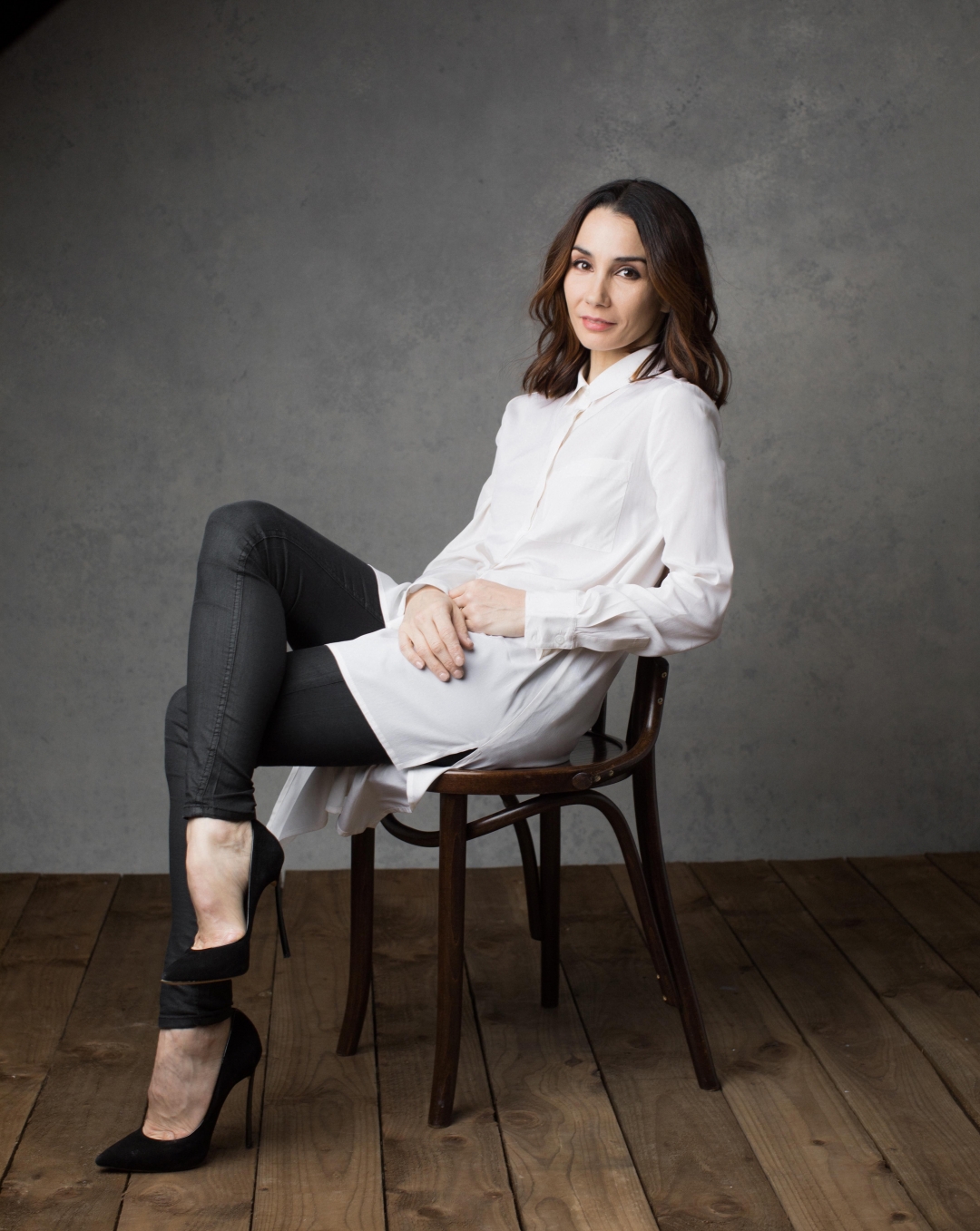
Tamara Rojo will participe in 'Giselle' by Akram Khan. © Laurent Liotardo
You have been in England for almost 22 years, seven of them leading the English National Ballet. But you still feel Spanish, and the Spanish public feels you are. In fact, we always hope you will come back.
I’ve lived almost the same amount of time in the United Kingdom as I have in Spain. And the truth is that I don’t know if I’ll come back. I’m lucky that ballet is a global art that can be performed anywhere on the planet. I’ve always felt a little like a citizen of the world: I was born in Canada, I grew up in Spain, part of my family migrated to different countries and we were always visiting them—I feel like a global citizen. I think that traveling, working in other countries and meeting other people make you a more complete person. It makes us understand each other better. But my culture is Spanish, my family and personal values are from Spain. That will never change.
“Traveling, working in other countries and meeting other people make you a more complete person. But my culture is Spanish, my family and personal values are from Spain”
In all these years, I suppose your concept of ballet has evolved.
One of the most important parts of my vision as an artistic director is to take ballet to an audience that, perhaps, doesn’t consider the performing arts to be for them. I admire and respect the tradition of classical ballet, but at the same time, I think there is a large sector of society that doesn’t feel identified with the stories or with the way classical ballet tells them. I’ve tried to introduce pieces that feel closer to that part of the audience which may not be attracted to classical music, or is of a different ethnicity, through the way we approach each production, with the people we collaborate with, and with the theatres we go to.
Am I wrong in thinking there is some social work involved?
You’re not. I think ballet is a great weapon of social mobility. The arts have always needed people from all walks of life: you may not want to be a dancer, but you may be fascinated by making costumes for a show, or working behind the scenes, or helping with the engineering of a production. But for that I have to be able to bring these pieces to an audience that, perhaps, doesn’t even consider going to the theatre.
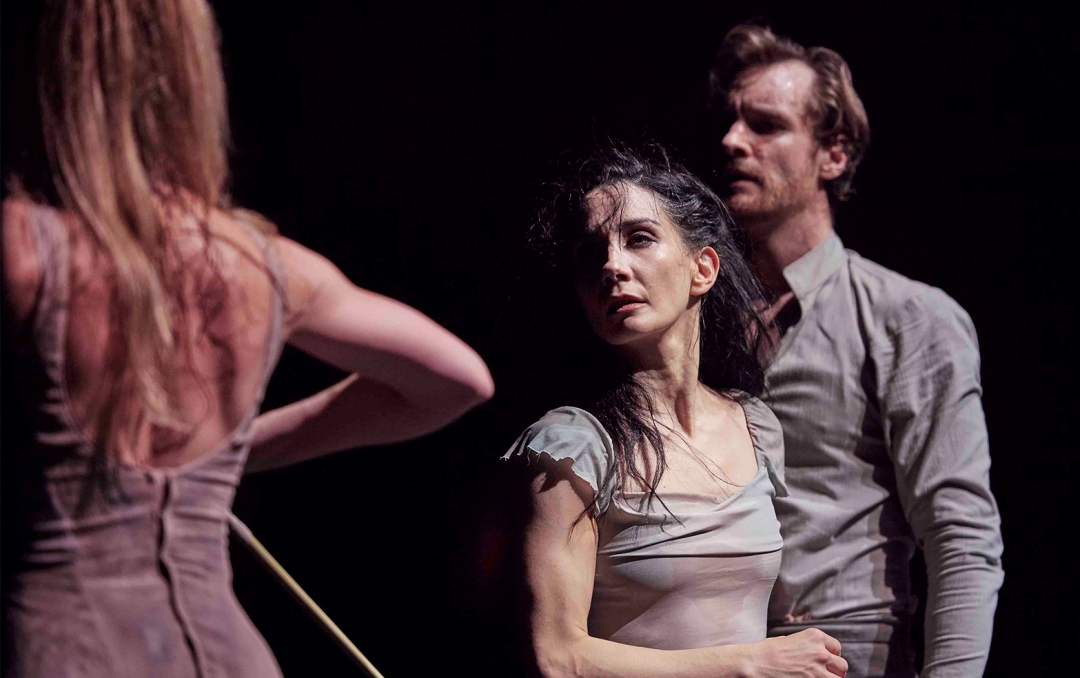
Tamara Rojo and James Streeter in an act of 'Giselle'. © Laurent Liotardo
Ballet, apart from moving, transmits ideas capable of changing the world.
Even more so than theatre (as much as I respect it), because we don’t have the language barrier. Now we’re going to open the company’s doors to the first generation of immigrant children in England to see our rehearsals. And speech will not be an obstacle. That’s why Akram's Giselle is traveling all over the world—because dance is a global art form.
You are also very committed to having female choreographers occupy the positions they deserve. Is this another challenge for today’s dance?
When I entered the company seven years ago, I said I’d never danced any choreography created by a woman. That didn’t seem normal or justifiable to me. So now, with me at the forefront of decision-making, I had to do something about that and make sure that, at least, there would be equality as far as possibilities go. More so, when you think that the largest part of the ballet audience is female! There are female choreographers, of course, but the big companies don’t give them opportunities, they don’t take the risk of including them in their programs. We, in the past seven years, have premiered over 40 works by women.
Can you tell us what you will be doing in the coming months? We’d like to have more than four shows at the Teatro Real.
If we had all the time in the world, we would be touring with Giselle continuously. But there are many other things we want to do, like taking Cinderella to several regions of England; going to London with The Nutcracker; presenting Le Corsaire, a classic in a version by a woman; celebrating the company’s 70th anniversary with special programming; releasing a new creation by Akram, Creature; and taking Giselle to Mexico, Paris and Barcelona. But that won’t be until next spring.
